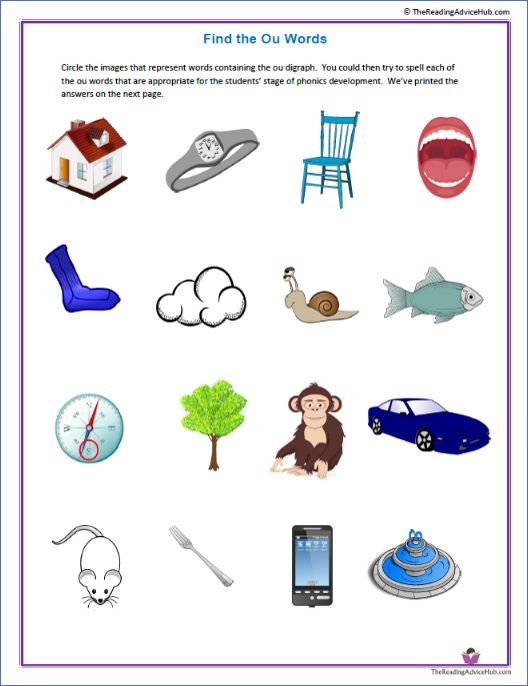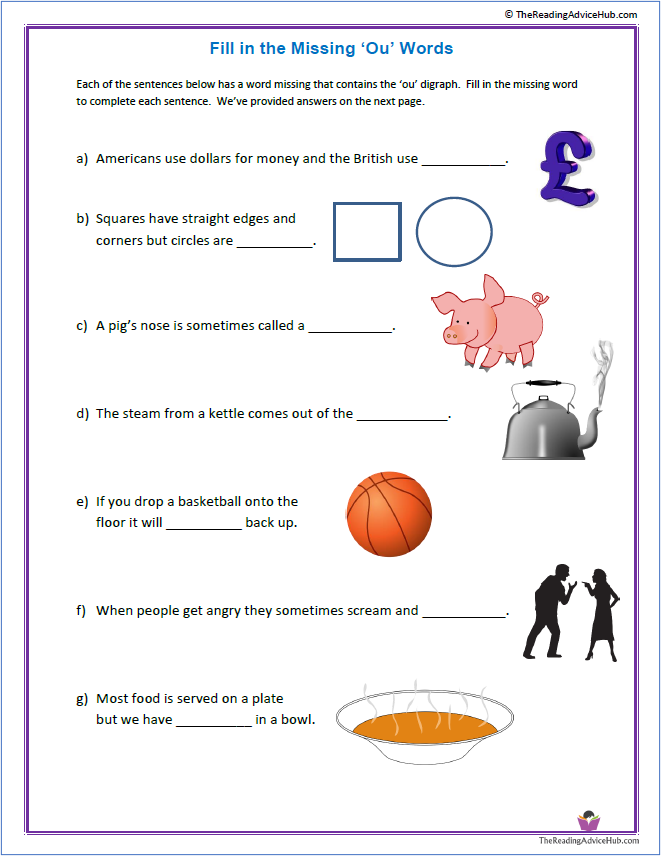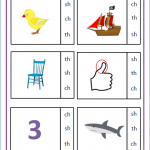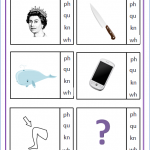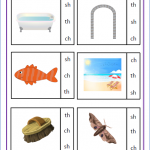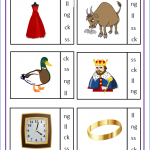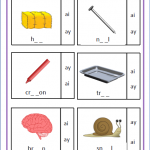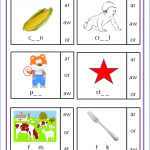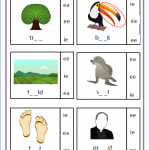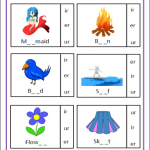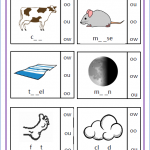Ou digraph examples, word lists, free worksheets and games for phonics teaching.
Ou Digraph Sounds
The ‘ou’ digraph is a common grapheme in written English and it’s found in a variety of high-frequency words that early readers are likely to encounter. These include words such as ‘out’, ‘about’, ‘house’ and ‘mouse’.
Some popular phonics programmes such as Letters and Sounds use the symbol /ow/ for the phoneme people most often associate with this digraph and the International Phonetic Alphabet (IPA) symbol for this sound is aʊ.
Linguists and some teachers might describe this sound as a diphthong, but this term is rarely used in schools in the UK, and many teachers there are unfamiliar with the expression.
A few other letter combinations can also represent the aʊ sound. For example, ow and ough in the words clown and drought.
The Sounds American video below explains how to pronounce this phoneme in a variety of words:
According to research carried out by the late educator Edward Fry*, the most common phoneme represented by the ou digraph is the /u/ (ʌ) sound that’s found in words such as cousin and touch.
*Fry, Edward (2004) Phonics: A Large Phoneme-Grapheme Frequency Count Revised, Journal of Literacy Research, v36 n1 p85-98 Spr 2004
However, there are fewer simple words with this letter-sound correspondence, so children are usually introduced to the aʊ sound first when they meet the ou digraph in phonics instruction.
In a smaller number of words, the ou digraph represents the /oo/ (uː/u) sound, as in the high-frequency word you and a few other common words such as group and soup.
Another less common letter-sound correspondence for this digraph is the /oa/ sound (əʊ or oʊ in the IPA) which can be found in a few familiar words such as mould (UK spelling of mold) and soul.
In the words cough and trough the ou digraph represents the /o/ (ɒ) sound which seems to be a very rare correspondence. We can’t think of any other common words that fit this pattern other than the name ‘Gough’.
The ou digraph can also represent the schwa sound in a variety of words that end in ‘ous’; for example, ‘anxious’ and ‘nervous’. However, this sound is so similar to the /u/ (ʌ) sound that few native English speakers notice the difference. Consequently, this letter-sound correspondence might not be explicitly taught in early reading instruction as it’s not as common as some of the other sounds represented by ‘ou’ and it’s usually found in multi-syllable words.
Finally, when the ou letter combination is followed by the letter r it sometimes forms a trigraph which can represent several sounds in words such as four, colour (UK) and journal.
Teaching the Ou Digraph
Most teachers wait until children can recognise individual letters and say the sounds they represent accurately and fluently before introducing digraphs.
And it’s also helpful if children are able to blend and segment simple words such as CVC words and other one-syllable words before digraphs are taught.
The ou digraph is taught in phase 5 of the Letters and Sounds phonics programme which is broadly followed in many schools in England. This phase lasts throughout the whole of year 1 (the academic year when children become 6 years old).
However, some other phonics programmes, such as Jolly phonics, introduce the ou digraph earlier – in the latter part of the first term of reception when children are aged between 4 and 5 years old. There is some justification for teaching ‘ou’ earlier as it’s one of the most common digraphs in written English.
Introduce the digraph by showing children how to decode and blend some simple examples of words from the word list below and then get them to read some words for you.
It makes sense to teach the /ow/ (aʊ) sound first as this appears in various high-frequency words such as ‘out’, ‘about’, ‘house’ and ‘mouse’.
You could also point out that there is more than one sound for the digraph and compare words with the different sounds to highlight this. However, stick to words that children are likely to encounter in age-appropriate books.
Explain to the students that if they don’t recognise a word when they decode ou with one sound, they should try an alternative sound to see if it makes sense. Of course, it might just be that the word is outside of their vocabulary, so encourage them to ask the teacher when they aren’t sure.
In addition to practising reading the words, children should also practise spelling them.
If children have trouble doing this, show them how to make the words with alphabet cards. Say the sounds as you put the cards down then shuffle the cards and ask them to make up the word again.
When you are demonstrating spelling these words with alphabet cards, put the two digraph letters down at the same time as you say the sound just once.
See our articles on teaching digraphs and spelling with phonics for more guidance.
You can also use some online resources to provide variety when you are teaching digraphs. For example, Reading Bear has several presentations that include ‘ou words’ in the orange section.

The Little Learner’s video below is useful to show children how to sound out and blend some simple words containing this digraph…
And the video below should also appeal to young children as the popular Mr Thorne teaches Geraldine the giraffe about words with the ou digraph:
Ou Digraph Word List
We’ve split the lists into different sound categories in alphabetical order to help you locate words you might want to use with your students.
Initially, it can help to use words that students are familiar with, but as they get more proficient, it’s good to introduce some new words to expand their vocabulary and refine their decoding skills.
Click on the following link or the image below to download a free printable pdf version of this word list.
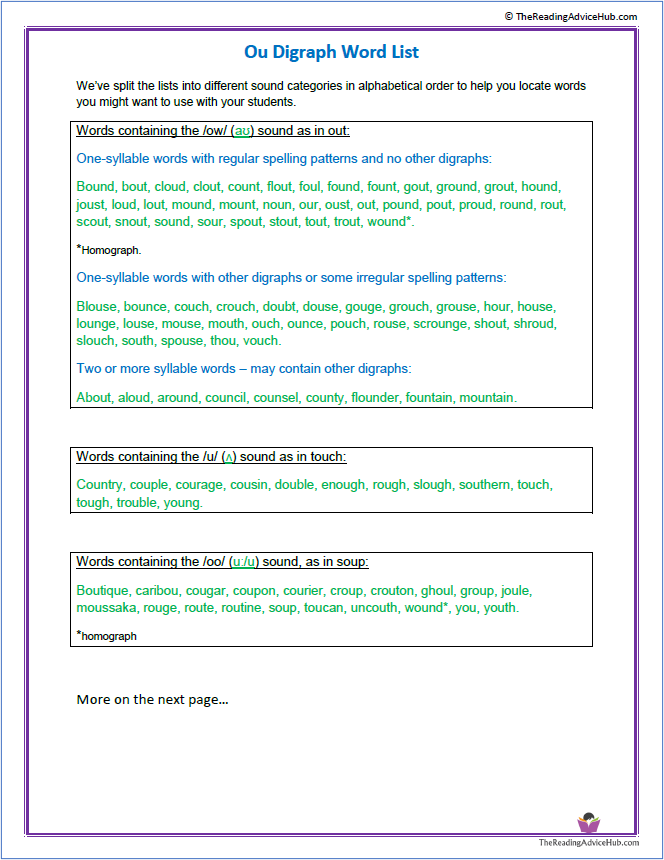 Words containing the /ow/ (aʊ) sound as in out:
Words containing the /ow/ (aʊ) sound as in out:
One-syllable words with regular spelling patterns and no other digraphs:
Bound, bout, cloud, clout, count, flout, foul, found, fount, gout, ground, grout, hound, joust, loud, lout, mound, mount, noun, our, oust, out, pound, pout, proud, round, rout, scout, snout, sound, sour, spout, stout, tout, trout, wound*.
*homograph.
One-syllable words with other digraphs or some irregular spelling patterns:
Blouse, bounce, couch, crouch, doubt, douse, gouge, grouch, grouse, hour, house, lounge, louse, mouse, mouth, ouch, ounce, pouch, rouse, scrounge, shout, shroud, slouch, south, spouse, thou, vouch.
Two or more syllable words – may contain other digraphs:
About, aloud, around, council, counsel, county, flounder, fountain, mountain.
Words containing the /u/ (ʌ) sound as in touch:
Country, couple, courage, cousin, double, enough, rough, slough, southern, touch, tough, trouble, young.
Words containing the /oo/ (uː/u) sound, as in soup:
Boutique, caribou, cougar, coupon, courier, croup, crouton, ghoul, group, joule, moussaka, rouge, route, routine, soup, toucan, uncouth, wound*, you, youth.
*homograph
Words containing the /oa/ sound (əʊ or oʊ) as in soul:
Boulder, mould (UK), moult (UK), poultice, poultry, shoulder, smoulder (UK), soul.
Words containing the schwa sound (ə) as in nervous:
Anxious, atrocious, boisterous, callous, cautious, conscious, contagious, curious, delicious, disastrous, dubious, enormous, fabulous, famous, generous, hideous, horrendous, infectious, jealous, marvellous (UK)/marvelous (US), monstrous, numerous, obvious, pious, poisonous, religious, ridiculous, scandalous, various, vicious.
Words containing the /o/ (ɒ) sound as in cough:
Cough, trough.
Pseudo-words containing the oi Digraph:
Bouf, Doup, Drouk, Fou, Glout, Poug, Loup, Souk, Zoup.
Pseudo-words are sometimes described as non-words or nonsense words and they’re used in some phonics programmes and in the UK Phonics Screening Check.
These words are designed to assess whether children are capable of decoding words that are unfamiliar to them.
Normally, a pseudo-word will be presented next to an image of a monster or an alien, and the child is told that the word represents the creature’s name. The examples below are from the 2017 phonics screening check.
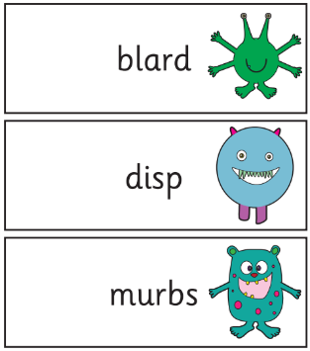
You could use some of the pseudo-words in our list as practice words for a screening check or as part of a less formal assessment of a child’s decoding ability.
Since this digraph can represent more than one sound, you could accept alternative pronunciations when children are reading some of these words.
Some of the words in the list might have a real meaning in some regions, groups, or sub-cultures, but they will be unfamiliar to most children so can be used alongside genuine pseudo-words.
Ou Digraph Worksheets
We’ve created the following worksheets that you to download for free. Click on the headings or the images below to access these resources.
Children need to decide which pictures represent words that contain the ou digraph. They can also try to spell the words. We’ve also created a PowerPoint version of this resource if you want to display it to a class.
Each of the sentences on the worksheet has a word missing that contains the ‘ou’ digraph. Children need to fill in the missing word to complete each sentence. We’ve also created a PowerPoint version of this resource if you want to display it to a class.
Circle the Vowel Digraph oo, ou, ow
Circle or write in the digraph that gives the correct spelling for each picture.
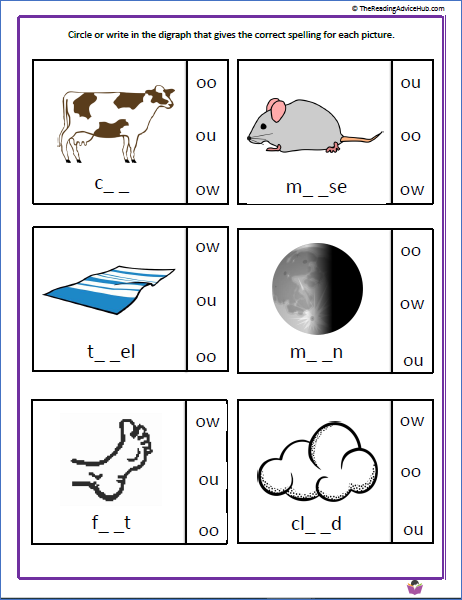
Ou Digraph Phonics Games
The spellzone website has some free games using words containing the ou digraph. They also have a variety of other games that require you to sign up and pay a subscription, but they do offer a free trial.
Click on the following link for the spellzone games:
The SplashLearn website also has some activities for practising blending and spelling ou words. You have to sign up to access all the activities but it’s free to try it.
Other Free Digraph Resources
A variety of free worksheets and other resources for a number of common digraphs.
